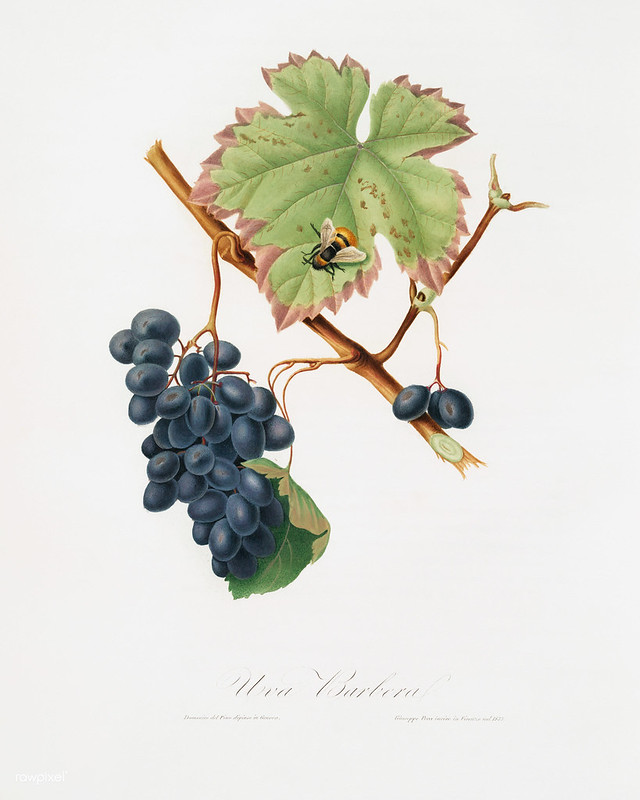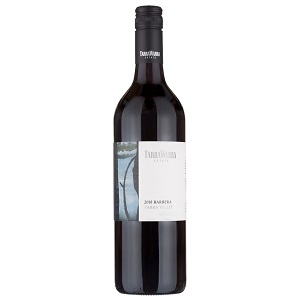
3 minute read
It’s been over a year since the last look at a grape variety, and for the sake of my sanity, I’ve shifted from Aglianico to Barbera. And while we remain on the Italian mainland, we’ve shifted from south to north. Barbera is one of my favourite grape varieties (my list of favourites is quite long, so make of that what you will!) – I love its approachable, easy-drinking nature, its food-friendliness and, in its Italian format, the fact that it’s vastly more affordable (in general) than its geographically close neighbour, Nebbiolo.
While Barbera’s exact origins remain unknown, its homeland is Piemonte, in Italy’s north-west. DNA research does indicate it’s genetically quite different to its Piemontese stablemates so perhaps it arrived in the region more recently.
The wines showcase the typical cherry aromas and flavours that many will associate with northern Italian reds. Tannins are soft but acidity is generally quite high. This means that you don’t have to pop it in the cellar for years before you can think about drinking it, and it will be easy to pair with food.
Australia
Barbera was actually introduced to Australia in the 1960s (although – fun fact – the first mention I’ve found of Barbera in an Australian newspaper is from the Bendigo Advertiser of 1868, in a short piece about Italian wines) but it’s only in recent years that it’s started to take off. When I say ‘take off’ – it still comprises well under 1% of total vineyard area*. Most of it is found in Riverina, with the King Valley a distant second.
The World
In Italy’s Piemonte region we find Barbera d’Asti DOCG as well as Barbera d’Alba DOC and Barbera di Monferrato DOC. It is also grown in Lombardy and Emilia-Romagna.
Beyond Italy, it’s popular in California, with limited plantings in Argentina and South Africa.
The Key Facts
- although relatively late ripening, Barbera retains its acidity well, even when fully ripe
- yields do need to be limited to ensure generous wines
- the key descriptor is cherry
- the key region is Piemonte in northern Italy
Food Pairing
As a northern Italian red – choose your food accordingly. Pasta with wild boar (cinghali) ragu, perhaps? If you can’t track down cinghali locally (!) – substitute with pork. Barbera’s natural acidity will cut through pork’s fat easily. I once suggested pairing Barbera with pizza in a class with an Italian student – it didn’t go down well (given pizza’s southern Italian origins) but I’d still recommend giving it a try! And, if you love garlic, why not try it with bagna cauda, a fabulously garlicky, anchovy based hot sauce, served with raw vegetables for dipping.
Anything else I should know?
In Piemonte, Barbera will often be blended but you won’t see those grapes on the label. Here in Australia, you may well see a Barbera Shiraz (because, after all, Shiraz goes with everything!).
Thirsty?
You’ll find we often have the odd Barbera in stock – we teach it in our WSET Level 2 Award in Wines courses and we’re always keen to showcase Australian examples. If you’ve got a favourite Barbera you want to track down, let us know!


